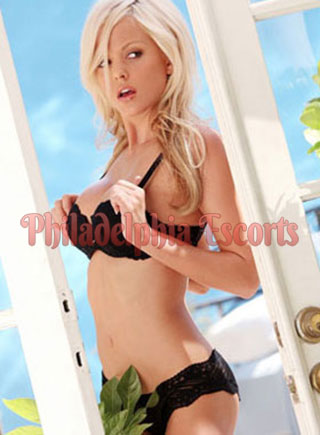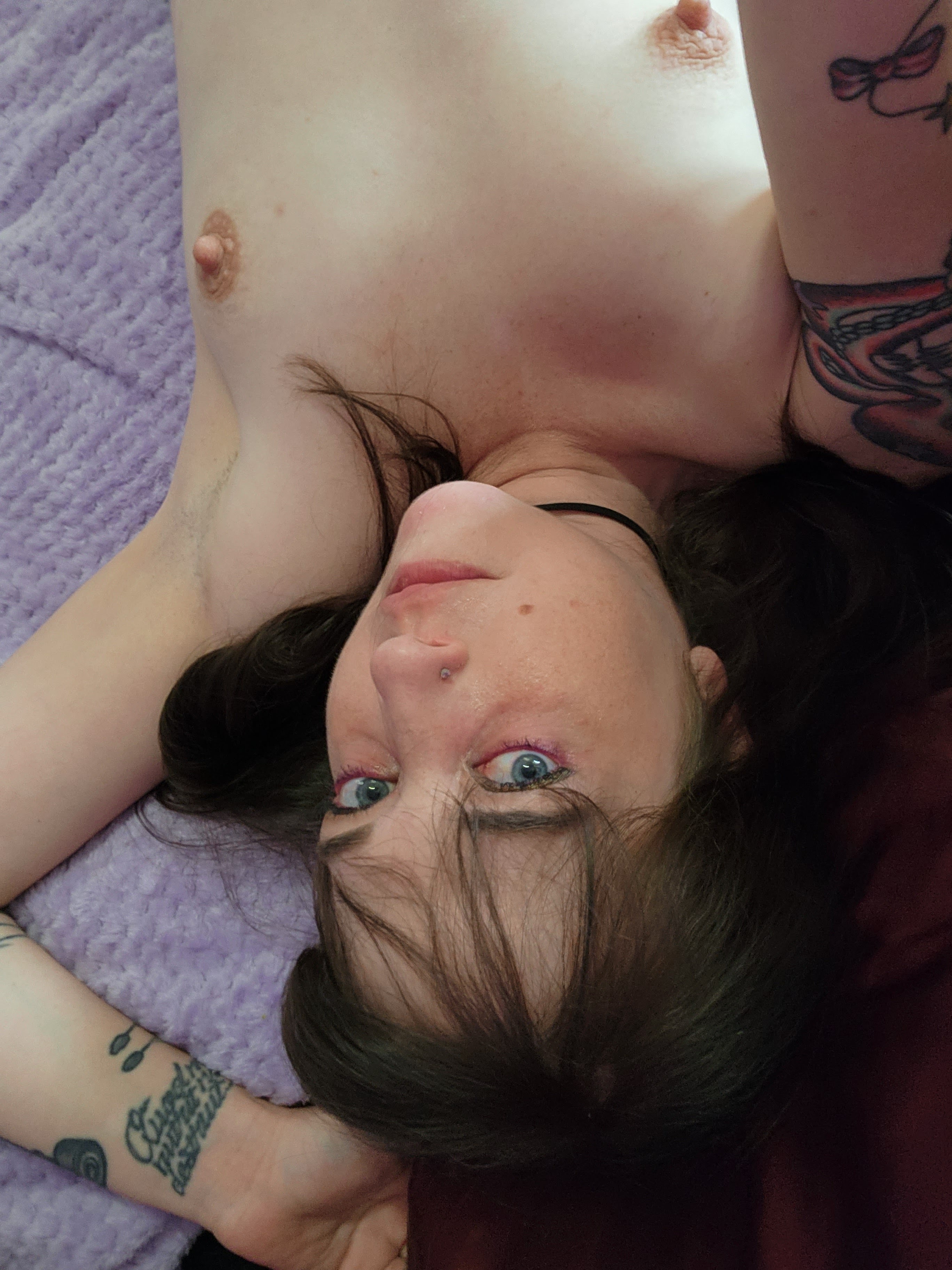
WEIGHT: 50 kg
Breast: AA
1 HOUR:250$
Overnight: +40$
Services: Face Sitting, Strap On, Sex vaginal, Tantric, Tie & Tease
In the second half of the twentieth century, the Center City neighborhood that became known as the Gayborhood formed in the vicinity of Locust and Thirteenth Streets. The community and the geographical spaces it occupied played a vital role in the social and political struggles of LGBT lesbian, gay, bisexual, and transgender people locally and in the nation. The war had uprooted millions of men and women across the country and exposed them to urban life here and abroad they had never seen before.
By the s, Rittenhouse Square and the beatnik coffeehouses nearby on Sansom Street had become part of the public gay geography of the city. In an era when racism extended even into the LGBT community, many African American gay men and lesbians socialized in bars or through private parties north of Market Street, in North Philadelphia, or across the Schuylkill in West Philadelphia.

The article mentioned a dozen or so gay bars and coffeehouses scattered along Spruce Street west of Broad and along the Locust Street area east of Broad. Fonzi also interviewed a handful of gay people, many of whom remained anonymous. Only a few years later, from to , Philadelphia activists collaborated with groups in Washington, D. Many gay men, lesbians, and gender-variant people who lived through the s and s experienced compartmentalized lives.
A number of factors worked together to turn the few blocks that radiated from Locust and Thirteenth Streets into the neighborhood that became known as the Gayborhood. Close to the hotels and theaters on Broad Street, by the s the Locust strip became a major center of Philadelphia nightlife. The street was dotted with nightclubs, restaurants, and musical bars that featured top national performers like Fats Waller , Ella Fitzgerald , and Patti Page By the s, however, some of the spots did away with the expensive first-rate entertainers and began featuring Las Vegas-style showgirls instead.

In the s, the area declined. The city bought and demolished many buildings in the section that encompassed the emerging Gayborhood, but lack of funds left the area pockmarked with vacant lots and no real plan for development. Police raids on gay bars were common well into the s. Philadelphia was not far behind New York in responding to the revolutionary call raised by the Stonewall Riots of Within a few years, Philadelphia saw the birth of several radical, new-left organizations including the Gay Liberation Front , the Gay Activist Alliance , and Dyketactics.



































